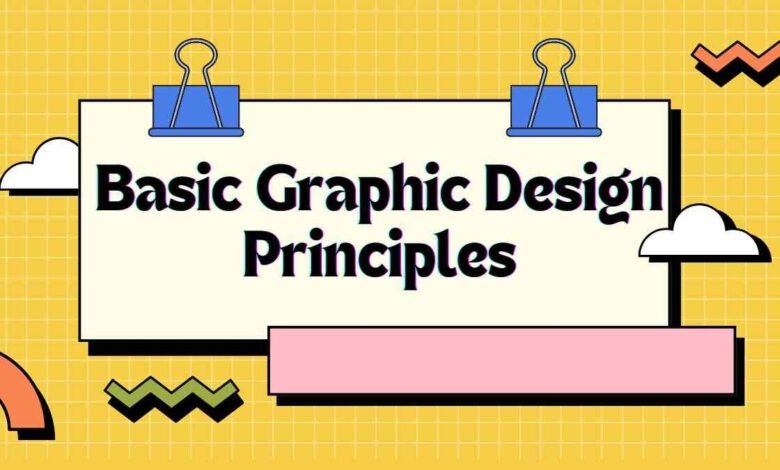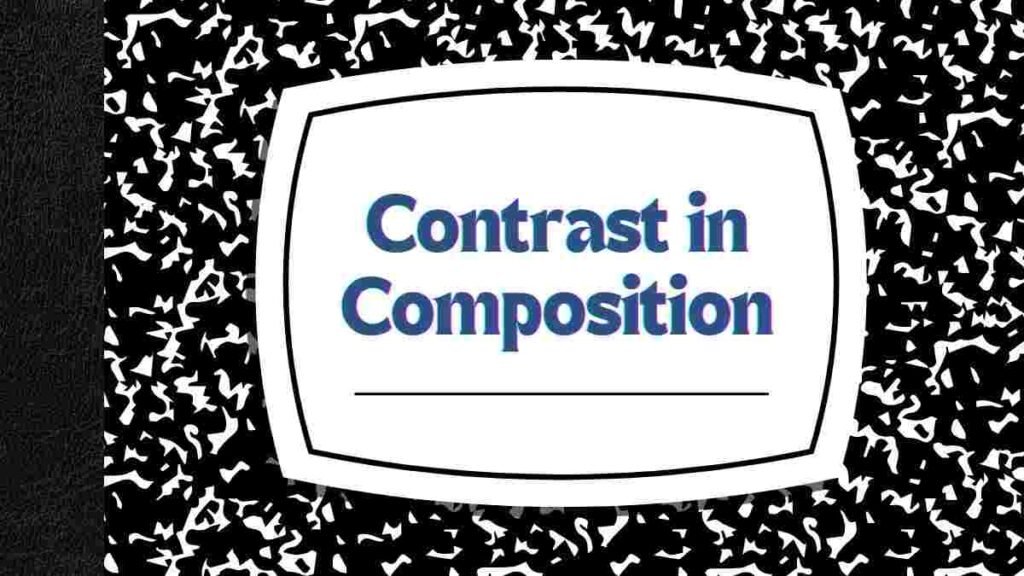Basic Graphic Design Principles: How to Create Graphic

Basic graphic design principles form that has been around for centuries, evolving and adapting to new technologies. Whether you’re creating a poster, designing a website, or developing a logo, understanding the fundamental principles of graphic design can significantly improve the quality of your work.
Understanding Design Composition
It’s the backbone of graphic design, and without proper composition, your work may appear unbalanced or cluttered. The objective is to direct the watcher’s eye through the plan in a characteristic and connecting way.
Balance and Symmetry
This can be achieved through symmetry, where elements are mirrored across an axis, or asymmetry, where balance is achieved through contrast and variation. Symmetry often creates a sense of formality and stability, while asymmetry adds dynamism and interest.
Rule of Thirds
The idea is to place important elements along the grid lines or at their intersections, creating a more engaging and balanced design. This principle helps to avoid placing focal points directly in the center, which can make a design feel static and less interesting.
Contrast in Composition

Contrast is a powerful tool that adds emphasis to important elements in your design. For example, placing a bright color next to a dark one will immediately draw the viewer’s attention. Effective use of contrast helps to create visual hierarchy, which we will discuss later in this article.
Color Theory Basics: Basic Graphic Design Principles
Color plays a critical role in graphic design. It sets the mood, evokes emotions, and helps convey the message of your design. Understanding the basics of color theory can enhance your design’s impact and ensure that it communicates the intended message.
Color Harmony
Harmonious color schemes are visually appealing and help the viewer engage with the design more effectively.
Must Visit: Web Craze
Triadic Color Scheme
Uses three colors evenly spaced around the color wheel, providing a balanced and dynamic look.
Emotional Impact of Color
For example, red often evokes feelings of passion and urgency, while blue can create a sense of calm and trust. Understanding the emotional impact of colors allows you to use them effectively in your designs to evoke the desired response from your audience.
Typography Principles
Typography is the art and technique of arranging type, and it’s a crucial aspect of graphic design. The choice of fonts, the spacing between letters and lines, and the alignment of text all play a significant role in how a message is conveyed.
Font Selection: Basic Graphic Design Principles
Choosing the right font is essential for creating an effective design. There are two main categories of fonts: serif and sans-serif. Serif fonts, like Times New Roman, have small lines attached to the ends of letters, giving them a more traditional and formal appearance. Sans-serif fonts, such as Arial, have clean, modern lines that are often easier to read on screens. It’s important to select a font that complements the tone and purpose of your design. For example, a playful font might be appropriate for a children’s book cover, while a sleek, modern font would be better suited for a tech website.
Hierarchy in Typography
Typography hierarchy is the arrangement of text in a way that shows the reader which parts of the text are more important. This is usually achieved by varying the size, weight, and placement of the text. Headlines should be the largest and most prominent, followed by subheadings, and finally, the body text. These three elements of typography are critical for ensuring that your text is legible and visually pleasing. Poorly spaced text can make a design look unprofessional and difficult to read.
Visual Hierarchy in Design
Visual hierarchy refers to the arrangement of elements in a design that helps guide the viewer’s eye and communicates the importance of each element. Without a clear visual hierarchy, a design can feel chaotic and confusing.
Importance of Size and Scale
Larger elements naturally draw more attention, so important elements should be bigger than less important ones. This can be applied to images, text, and other design elements. For example, a headline in a larger, bold font will stand out more than the body text in a smaller, regular font.
Positioning and Alignment: Basic Graphic Design Principles
Where elements are positioned in a design can affect how they are perceived. Typically, elements placed at the top or center of a design are seen as more important. Alignment also plays a key role in creating a clean and organized look. A well-aligned design helps the viewer process information quickly and easily.
White Space in Design

White space, also known as negative space, is the area around design elements that is left intentionally blank. It’s an essential part of graphic design because it helps prevent a layout from feeling cluttered and overwhelming.
Creating Focus with White Space
White space allows elements to breathe, creating a more focused and clean design. It helps to emphasize the most important parts of the design by isolating them from other elements.
Improving Readability
In text-heavy designs, like websites or brochures, white space can improve readability. It reduces visual noise and gives the eyes a break, making it easier for the viewer to absorb the information.
Conclusion
Mastering these basic graphic design principles—design composition, color theory, typography, visual hierarchy, and the use of white space—can drastically improve the quality of your work. Whether you’re a beginner or an experienced designer, these principles will help you create visually engaging and effective designs. By understanding and applying these concepts, you can ensure that your designs not only look good but also communicate the intended message clearly and effectively.
FAQs
What is the rule of thirds in design?
The rule of thirds is a guideline for creating balanced and engaging compositions by dividing a design into a 3×3 grid and placing key elements along the lines or at their intersections.
How does color affect a design’s message?
Colors have emotional associations and can influence how viewers feel about a design. For example, red can evoke urgency, while blue can convey calmness and trust.
What’s the difference between serif and sans-serif fonts?
Serif fonts have small lines at the ends of letters, giving them a traditional look, while sans-serif fonts are more modern and clean, often used for digital screens.
Why is white space important in design?
White space prevents a design from feeling cluttered, helps create focus on important elements, and improves readability, especially in text-heavy designs.
How can I create contrast in my designs?
It helps emphasize key elements and guides the viewer’s eye through the design.
Read More: Adobe Reader for Android




